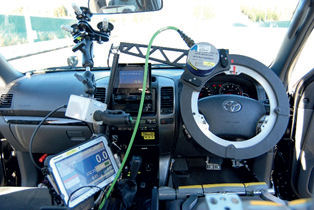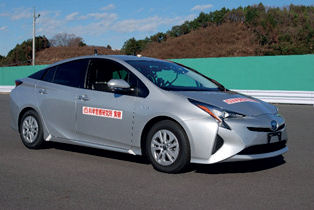More information
Main author
Ryo Oga
Co-Authors
Kenshiro Kato, Takaaki Terashima, Nobuaki Takubo, Akinori Ishii
Type of media
Publication type
Lecture
Publication year
2019
Publisher
28 EVU Conference, Barcelona
Citation
-

Modern vehicles equipped Advanced Driver Assist System (ADAS) record dynamic data from a number of on-boad sensors for events that could precede a crash. These data can be used to re-construct the behavior of a vehicle. Toyota Safety Sense C (TSS-C) and Toyota Safety Sense P (TSS-P) are conventional systems for ADAS in Toyota Motors. New ADAS called TSS succeeds TSS-P since 2017. The TSS is based on TSS-P for recording system which collects data in Control Area Network (CAN) in vehicles. The recording system is called Vehicle Control History (VCH) in Toyota Motors. Upon PCS activation, the VCH is captured with EDR and FFD by DLC. Physical tests were performed to simulate rear-end collisios, and the resulting Pre-Collision Safety System (PCS) data were subsequently examined. VCH record one frame data at events and time history data in prior / post events for a few seconds. The recording items are useful to understand the PCS operation and driver meanuever. The vehicle speed data produced had good accuracy with slightly underestimate. The longitudinal acceleration data in VCH record PCS braking, but a driver braking can not record in VCH because the braking deceleration is over the limit of VCH memory. A VCH flag of acceleration pulse is triggered by impact in rear-end collision. It is easy to synchronize VCH and EDR, because the flag of acceleration pulse corresponds the EDR triger timing.


(EVU-members can download the full article)